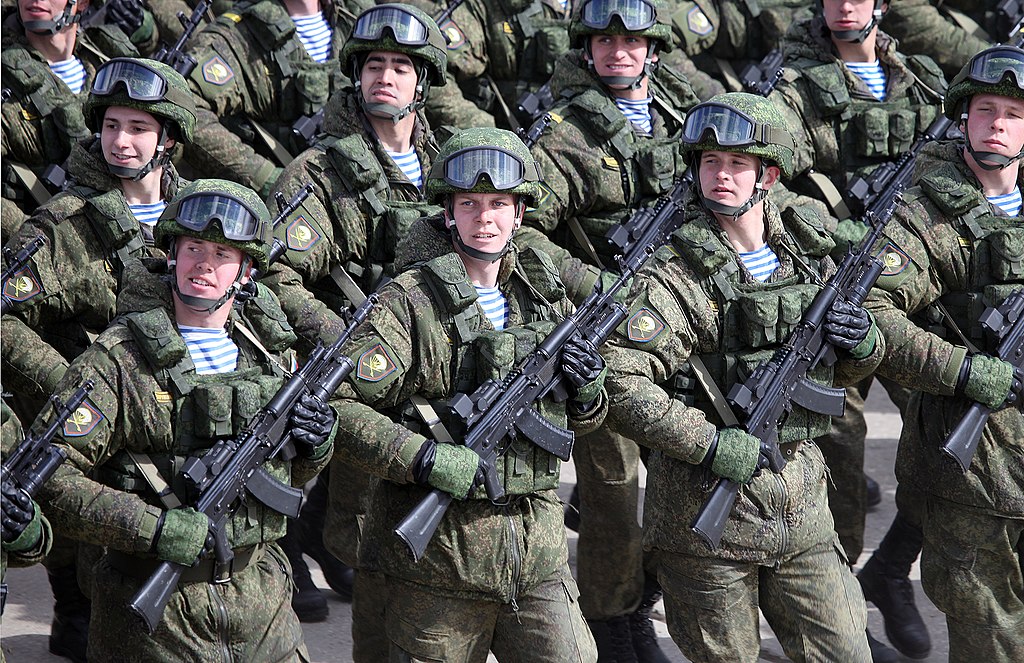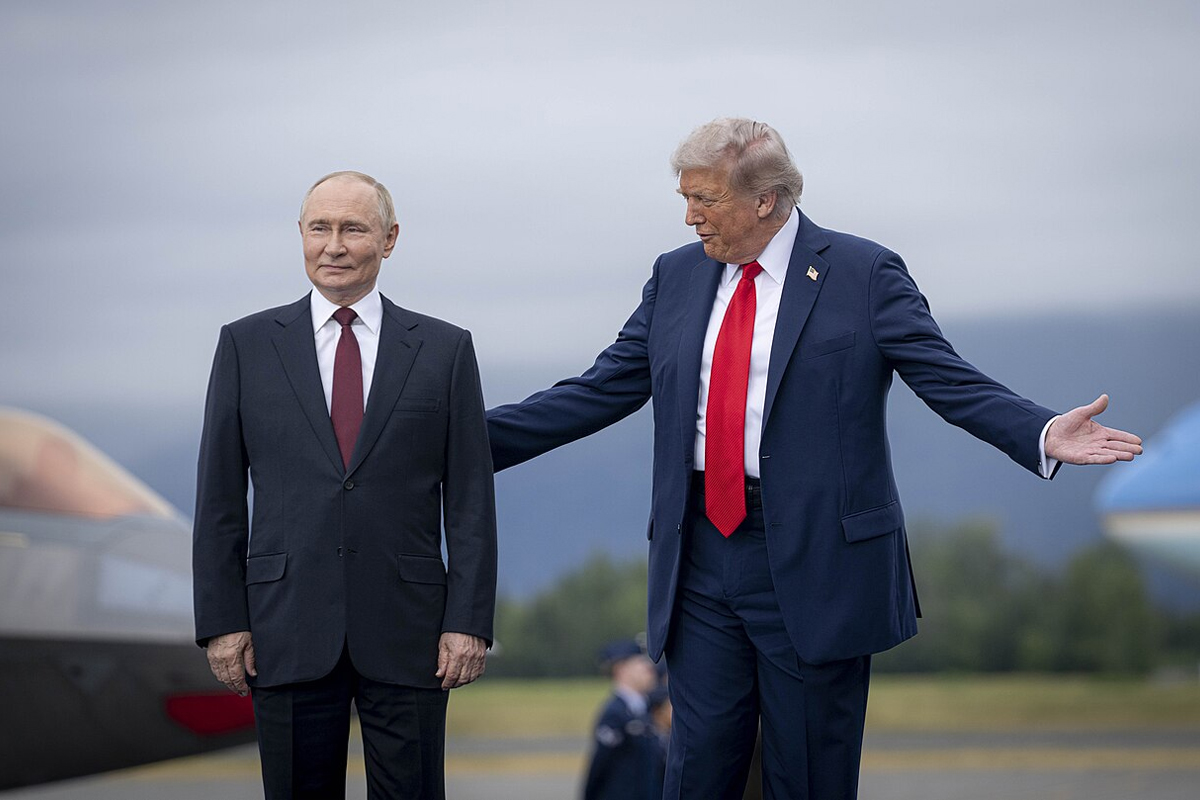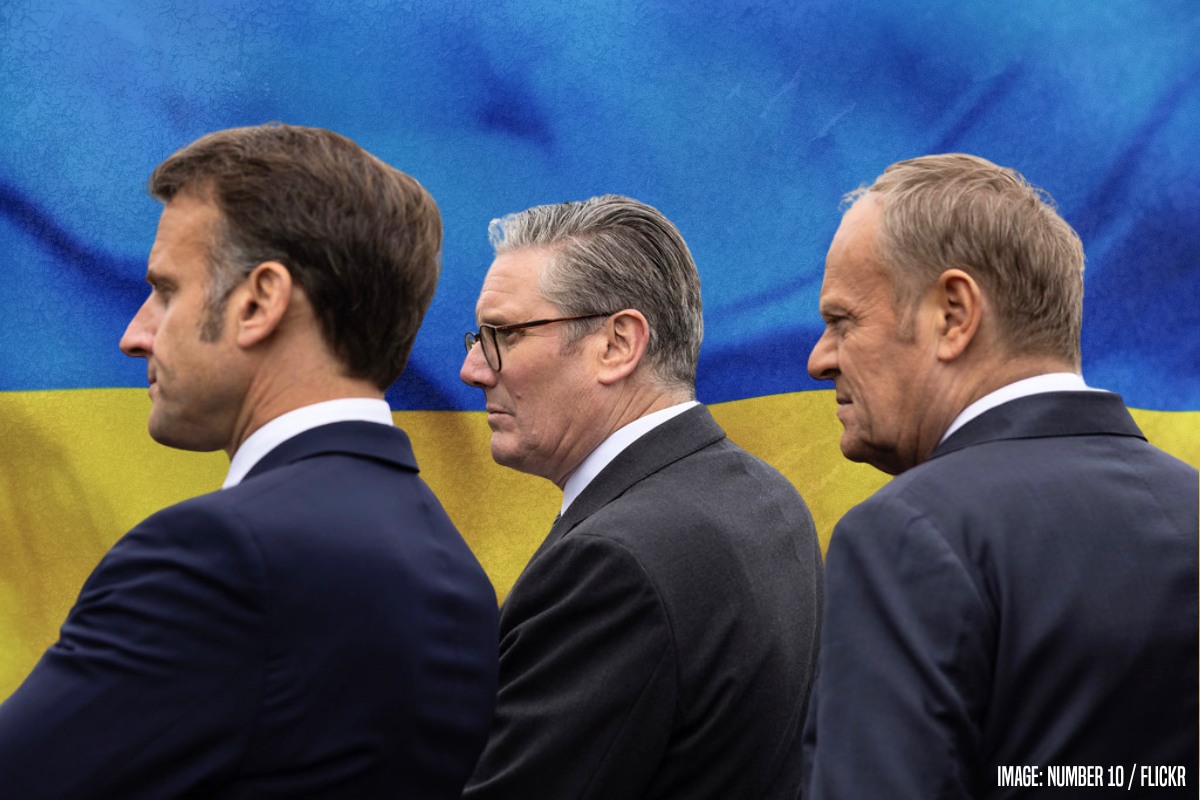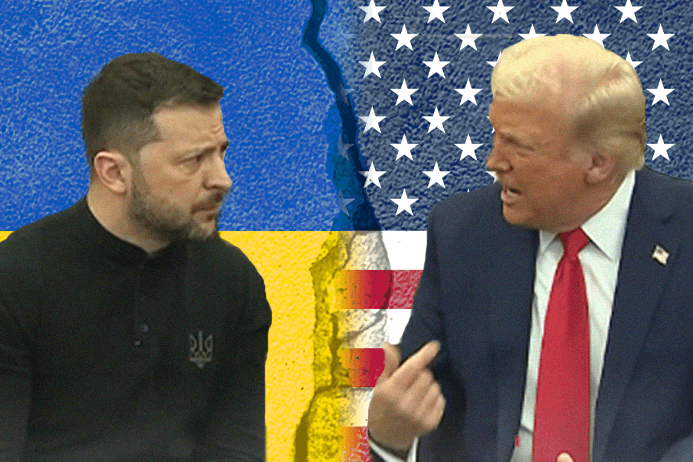“Europe is going to pay in a BIG way, as they should, and it will be your win”, NATO General Secretary Mark Rutte boasted to Donald Trump. Indeed, the NATO alliance of western imperialist powers agreed to up their ‘defence’ spending to five percent of GDP over the next decade, at their recent summit in The Hague. The European arms industry bosses were no doubt delighted.
What the sycophant Rutte failed to mention at this gangsters’ get-together is that the reason for this spending spree is the fact that NATO is massively out-gunned by Russia’s powerful military-industrial complex and that, as a result, the West is on course for a humiliating defeat in its proxy war with Russia in Ukraine.
US imperialism deliberately provoked Russia into a war with Ukraine, in an attempt to weaken one of its main adversaries. With equal degrees of hubris and arrogance, they imagined that the Russian economy would collapse under the weight of western sanctions. They thought that, with the backing of NATO arms and funds, the Ukrainian military would be more than a match for Russia.
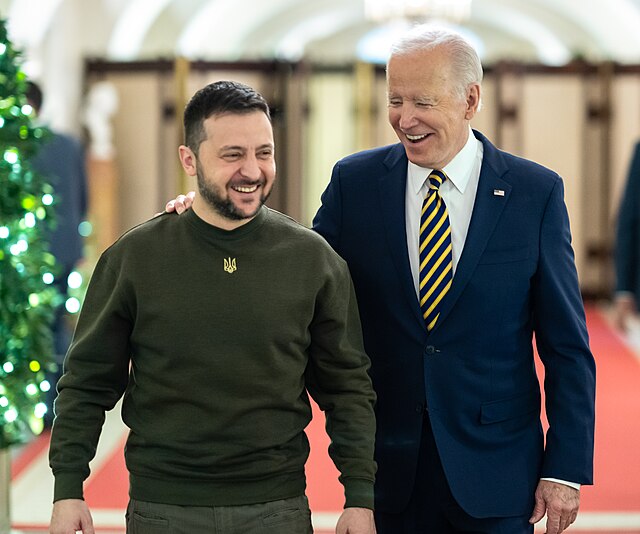
In reality, their plans spectacularly failed. Western sanctions failed to cripple Russia’s economy. Meanwhile, Russia has massively strengthened its arms industry, to the point where it is significantly outproducing the combined forces of Europe.
This has important consequences for the balance of forces between the rival imperialist powers. Trump is clearly keen to downsize US commitments to Europe and pivot resources towards combating their main rival: China. Anticipating the US – upon whom they are militarily dependent – pulling out of Europe, the European powers are desperately seeking to bolster their own military capabilities in a frantic bid to catch up.
A war of production
There is, of course, a hysterical campaign in the European media to hype up the threat of a Russian invasion. As Mark Rutte warned the press days ahead of the NATO summit:
“Russia could be ready to use military force against NATO within five years. Let’s not kid ourselves, we are all on the Eastern flank now.”
This has nothing to do with reality, and everything to do with justifying an increase in so-called ‘defence’ spending.
But whilst the idea that Putin is planning to militarily conquer Europe is nonsense, a militarily strengthened Russia nevertheless presents a threat to the western imperialists’ wider interests. A militarily strengthened Russia will exert a greater pull on countries in eastern and central Europe, and will be able to challenge European imperialist powers in their other spheres of influence, such as West Africa.
The western imperialists, and in particular those in Europe, are therefore keen to have an accurate assessment of the comparative strengths of the Russian and European militaries. To this end, a number of studies have been published recently which shed light on the real capabilities of Russian arms production. They do not bode well for the European ruling classes.
For example, in early 2024, a NATO study concluded that Russia was producing about three million artillery shells per year; nearly double the combined production of the US and Europe. This is the result of decades of industrial decline in the West, including plant closures and outsourcing. Whilst Russia’s military industries are heavily controlled by the state, an inheritance from the time of the Soviet Union bolstered as part of its major war effort, the West’s industries are crippled by a long-term lack of investment, as their owners are only interested in maximising their profits.
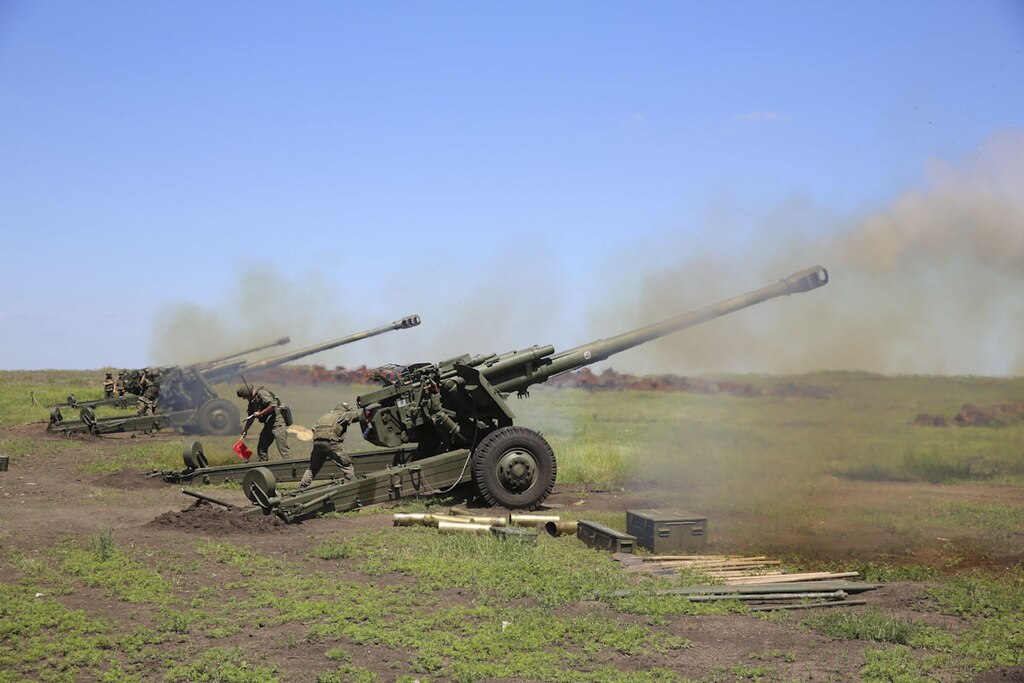
Whilst it may be objected that NATO has an interest in exaggerating Russia’s strength in order to create the necessary hysteria to predispose the public towards rearmament, the reality of the situation was already clear on the battlefield.
The failure of the Ukrainian offensive in 2023 graphically revealed the West’s weakness with respect to artillery. When Ukraine began to run out of shells, troops were ordered to stop attacking and to instead dig trenches. Six different Ukrainian frontline units told a special Reuters investigation that they believed the lack of ammunition at that point changed the course of the war. A senior Ukrainian officer was reported as revealing that:
“When Ukraine was firing 10,000 shells per day, between 35 and 45 Ukrainian soldiers were killed daily and about 250 to 300 were wounded. But when the daily fire fell to half that, more than 100 Ukrainian soldiers were killed per day and at least a thousand were wounded.”
Alarm bells were sounded in the West, calling for a dramatic increase in production in order to keep pace. “What we are in now is a production war,” a senior NATO official told CNN at the time. “The outcome in Ukraine depends on how each side is equipped to conduct this war.”
Russia strengthened
Despite such appeals, it seems little has actually been done to combat the discrepancy between the military industries of the NATO countries and Russia. This was laid bare by a recent report by the Kiel Institute for the World Economy, a liberal think tank: Fit for war by 2030? European rearmament efforts vis-à-vis Russia (the ‘Kiel Report’).
Given the nature of war, it is impossible to arrive at fully accurate statistics as to the respective strengths of the belligerents. The Kiel Report’s assessments of Russian war production are therefore based on what would be necessary to equip the known Russian fighting units in Ukraine in a state of ‘combat readiness’. Meanwhile, their data for the equipment stocks of the militaries of Europe are based on the ‘Military Balance’; a report by the International Institute for Strategic Studies, in addition to publicly available procurement data.
According to the Kiel Report:
“The Russian military has grown qualitatively and significantly since 2022. Production has doubled across the board or increased even further, as in the case of tanks.”
The report goes on to specify how Russian production has rapidly increased across a number of key weapons systems since the beginning of the war. There has been a 260 percent increase in quarterly production of tanks since the end of 2022, 180 percent in infantry vehicles, 180 percent in artillery, 233 percent in short range air defence, and 261 percent in Lancet drones.

Whilst there is a degree of speculation in the Kiel Report’s figures, they are backed up by a recent study by the Jamestown Foundation, which concluded that:
“Gunpowder production in Russia nearly doubled from 2022 to 2024 due to increased imports and domestic manufacturing of cotton cellulose nitrate. This rise suggests a potential doubling in artillery shell output during the same period.”
The Kiel Report estimates that Russia is out-producing the combined forces of Europe by a factor of 1.7 with respect to tanks, and 3.1 with respect to artillery. Although European artillery production has increased in the past years, it is still significantly smaller than that of Russia.
Similar ratios are produced by the consultancy firm Roland Berger, in their report ‘The Defence Imperative’. Although they arrive at different figures, there is clearly a significant gap between the combined production capabilities of Europe, compared to Russia. For instance, it suggests the EU is producing 600,000 artillery rounds per year, whereas 2.9 million would be required to act as a ‘deterrence threshold’; 50 new tanks compared to the 370 needed; and just 130 cruise missiles compared to the 1,380 needed.
The only area according to the Kiel Report where European production appears to be outstripping its Russian counterpart is with respect to certain types of drones, much of which are being produced within Ukraine.
This shows adaptability on the part of the Ukrainian military but it isn’t necessarily a sign of strength. The Ukrainian military precisely focused on mass-producing cheap drones early on in the war because they cannot compete with Russia in more advanced material. Where the Russians lagged behind in numbers, it sought to catch up with innovation, such as new, unjammable optic cable drones. But now Russia is catching up fast in terms of numbers too. In terms of long-range drones, it is already believed that Russia has overtaken Ukraine, doubling production in the last year alone.
Dependent
The report must be a sobering read for the strategists of European imperialism. Ever since the Second World War, European capitalism has been propped up by the ‘security umbrella’ of US imperialism. With that relationship now being called into question, they are confronted with the facts of just how totally dependent their military capabilities are on the US.
The Kiel Report notes how:
“European development and production of the most advanced systems such as rocket artillery, unmanned and autonomous systems, AI-integrated systems, 6th generation aircraft […], strategic lift, integrated air defence, airborne early warning and control (AEW&C), satellites, long-range missiles for ground and sea attack, and hypersonic missiles remain limited at best and absent at worst.”
The report laments that such “technological dependencies [on the US] will last for a decade unless policy is focused on addressing this technological backwardness and dependency.” In order to address these problems, it presents a long list of sectors that need investment if Europe is to be ‘fit for war’ by 2030, and concludes that:
“Production must increase by a factor of around five to tilt the balance decisively in Europe’s favour.”
Meanwhile, to eliminate Europe’s dependency of the US would require:
“acquiring strategic assets that currently none of the European countries has on its own – such as satellite-based intelligence and communication, strategic airlift capacities, air defence capabilities, missile capacities, and others.”
Then, when it comes to weaning Europe off reliance on US military technology, the Kiel Report itself points to the “critical problem” of “the lack of some of these technologies in the European defence industrial base and the current long development and production times”. It concludes that “the scale of current production is not encouraging, particularly when it comes to expensive strategic enablers”, and that “long development cycles suggest that Europe might take decades to develop some of the top technology products”.
How the Europeans are supposed to square this circle – to be ‘ready’ by 2030 – the report doesn’t specify. Europe will be forced to continue buying American hardware, especially of the high tech variety where there is no equivalent industry in Europe that can fill the gap. These weapons systems depend on US software, for instance, and can therefore, for the most part, only be deployed with US assent.
A key stumbling block the EU has in terms of developing a weapons industry capable of competing with Russia that is independent of the US is that the continent is fragmented and the ruling classes of the 27 member states all have their own interests.
This was notable in the development of the ‘Eurofighter’ aircraft; a joint-venture between British, German, French, Italian, and Spanish companies. Squabbles between which nations’ industries would manufacture and assemble the various components led to years of delays and cost overruns. Eventually, France abandoned the project to produce its own fighter jets, in competition with its neighbours. European imperialism has tried before to build its own independent capacity, and each time it leads to an embarrassing debacle.
Needs vs. reality
It is one thing, however, to identify a need on paper, and quite another to fulfil it in practice. Although NATO members have announced that they will increase their defence spending to five percent of GDP by 2035 in order to satisfy Trump, it remains to be seen how many of them will actually be able to carry this out.
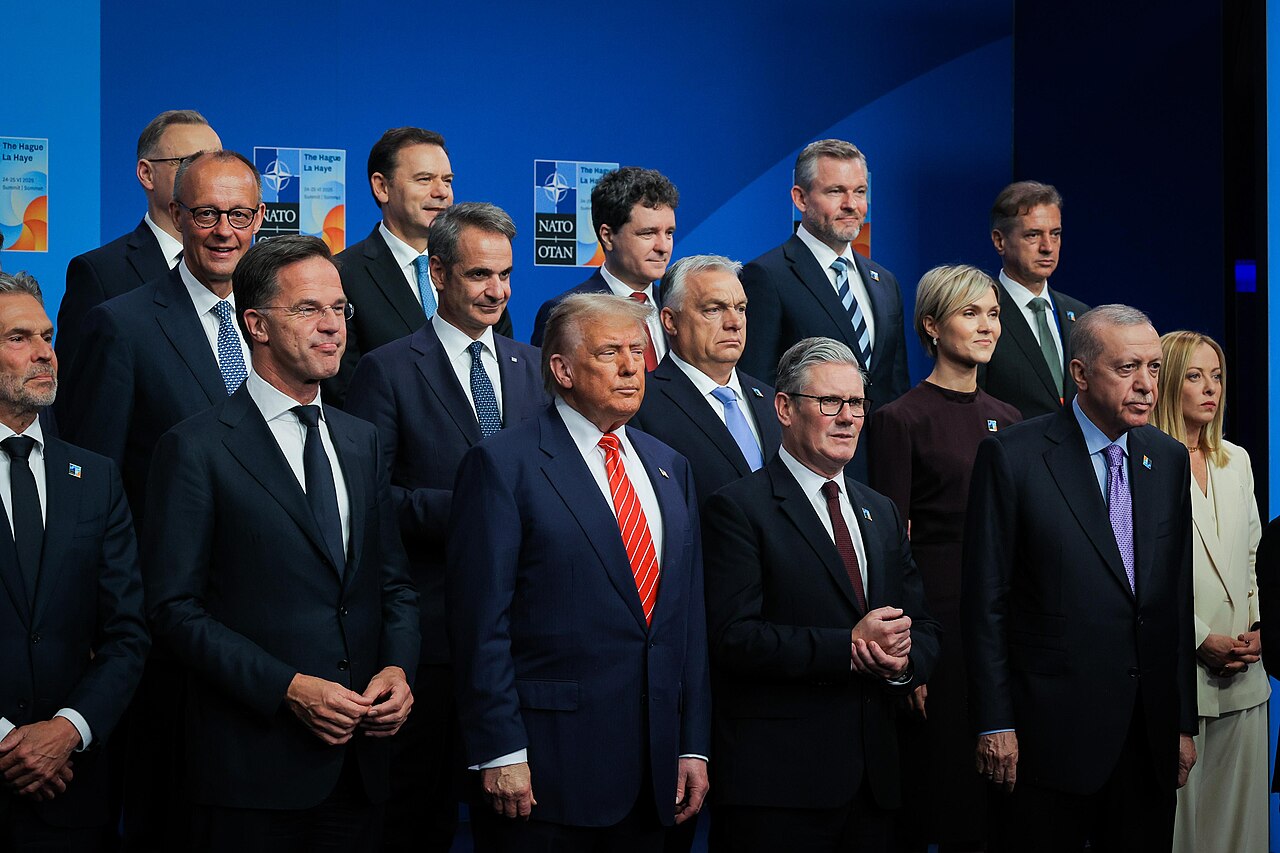
Take, for example, the case of Britain. Even before the recent NATO summit, Keir Starmer committed to upping military spending by £6.4 billion, taking the total from 2.3 to 2.5 percent of GDP. In order to help pay for this, the government attempted to cut £5 billion from welfare payments to the disabled. Such is the unpopularity of this measure, that a significant rebellion of MPs forced the government to abandon this cut, thus kicking the can down the road.
Yet to increase ‘core’ military spending from 2.5 percent (as currently budgeted), to 3.5 percent, as demanded by NATO, is estimated to require spending an additional £30 billion per year. With a stagnant economy, following over a decade of austerity, where will these additional cuts come from? Any government prepared to follow this road to the end is signing its own death sentence, and preparing the ground for an intense social explosion. The same problem exists in France, Germany, and elsewhere.
In order to “deter the Kremlin and ensure European security”, the report also advocates for investment in an additional 50 brigade-equivalent units. This would require somewhere between 200,000 and 300,000 new troops, and all the weapons systems necessary to provision them.
Where would the new troops come from? A YouGov poll in Britain in September 2024 found that only 11 percent of 18 to 27 year olds “would fight for my country if called on to do so”. It seems that, following the debacles of Afghanistan and Iraq, today’s youth are not too keen on sacrificing themselves in the interests of the imperialists. Indeed, British armed forces have been suffering from a recruitment crisis for the past 25 years.
A similar problem is found throughout the militaries of Europe, with a number of countries even considering conscription to plug their shortfalls. As the Centre for European Policy Analysis (CEPA) concludes: “European NATO members, without conscription, would struggle to mobilise even 300,000 troops in a prolonged conflict.” Meanwhile, Russia’s military currently boasts 1.32 million active service members, which is due to rise to 1.5 million over the coming three years.
Years of austerity and declining living standards have already taken their toll on establishment political parties across Europe. Further austerity, especially whilst spending billions more on weapons, will only exacerbate the social crisis, and with it, the political fall out. Unpopular policies like conscription won’t help either.
In the absence of any serious left-wing alternative, right-wing populists are growing in support, due to their perceived anti-establishment credentials. The coming to power of parties such as ‘Reform UK’, France’s ‘National Rally’, and the Alternative für Deutschland would likely increase the pulling apart of Europe along the lines of ‘Britain / France / Germany first’, thus throwing a further spanner in the way of a strong European arms industry.
As a high-ranking French military officer reported to POLITICO: “What could work today with Macron, Starmer and Merz might not work tomorrow with Marine Le Pen, Nigel Farage and Alice Weidel”, referring to the leaders of these parties. “How is it possible to build something with countries that could become tomorrow the opposite of what they are today?”
Wars tend to have the effect of bringing to the surface and accelerating all the previously hidden contradictions and processes within society. The war in Ukraine has dramatically uncovered the relative weakness of western imperialism, when pitted in head-to-head combat with Russia. But whilst the different national gangs of billionaires fight it out for control of markets and spheres of influence, it is ultimately the workers of all countries who pay the price. Already this is having profound implications for the class struggle, and will continue to do so as the tensions intensify.

